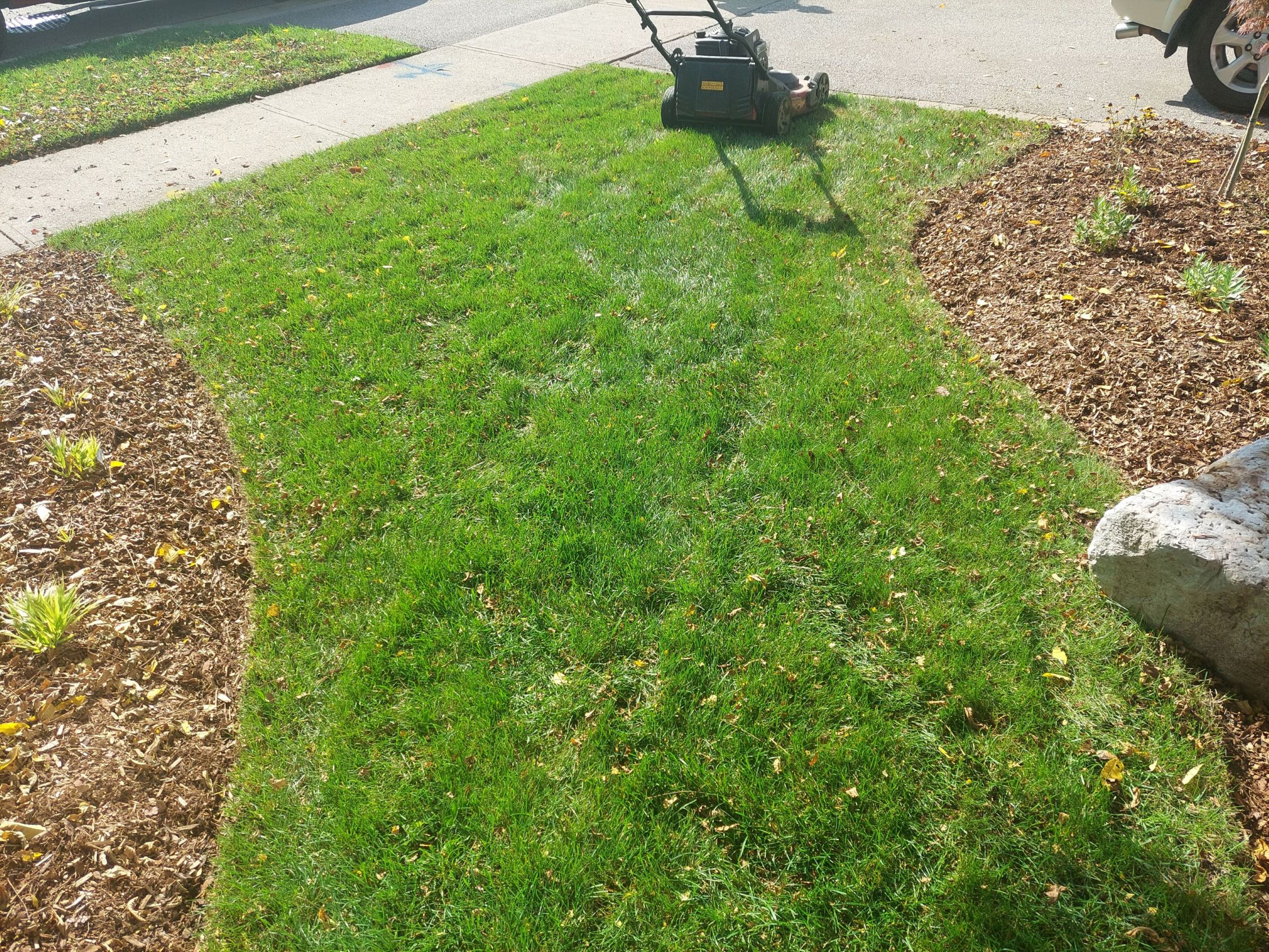This weather brings us the perfect conditions for ice. This is an awesome event if you’re planning on skating or playing hockey – not so good if you are off to get the groceries. Being a Canadian, having lived through a few winters I understand the need for ice melters.
De-icing material, salt, ice melter,….. Whatever you want to call these things. That is what I want to chat about. They are a necessary part of our winter. But are they overused? Short answer, yes. In fact, most places I see overuse salt. Horribly overuse salt.

I was reading an interesting post on Facebook recently. It was a discussion about ice melting products. And most of the “information” being bantered about was maybe not quite incorrect but certainly on the edge of being incorrect.
First of all, let me say, there are NO plant safe ice melting products. All of the products I have seen at any retail or wholesale outlet have the potential to harm plants. There are some that are LESS harmful, but none that are completely safe unless they are used properly.
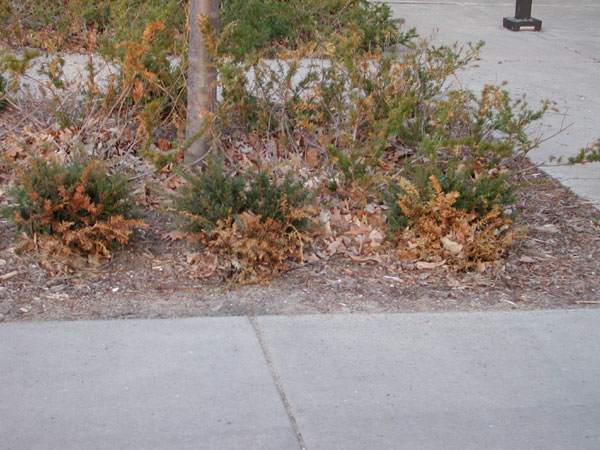
How Ice Melting Products Work
Ice melters all work on the same principle, they dissolve in water to become a solution. People a lot more knowledgeable in chemistry would describe the water as having a high ionic concentration in the water. This lowers the temperature at which the solution can freeze. The solution then runs off the surface and into whatever drain is available.
Please remember, some of the drains we think of in the spring, summer and fall seasons may now be frozen.
Liquids find the easiest path “down”. This might be over the surface and into your gardens, down your driveway onto the street, a puddle on your pathway. And if it gets colder, the liquid will freeze, only to melt when the temperature rises.
How Salt Damages Plants
When ice melting products are used incorrectly the material dissolves into solution with the melting snow and ice. This solution is saturated with the dissolved ice melting product. If this solution happens to make it on to your lawn’s root zone or into your garden soil we have trouble. This solution in the root zone results in what horticulturists call physiological drought. The plant root is unable to absorb water when the concentration of ions in the outside water is higher than the concentration of water inside the plant root – in fact the movement reverses and water is taken out of the plant root. So what happens then?
The water will cross that permeable barrier from a low ionic concentration to an area of high ionic concentration. Essentially, the water in the soil sucks the water out of the plant root. Even (one may say ESPECIALLY in the winter. So the water is sucked out of the plant tissue causing at best, wilting, but more commonly, necrosis of the plant. Another fancy term meaning DEATH. This killing of the plant tissue is irreversible.
This commonly happens around me during the winter with the misuse of ice melting products but can also happen with misuse of fertilizers.
I am not going to talk much about the environmental impact of using de-icing salt on our roadways. You can Google for more information about runoff. Here is an interesting article about salt in the environment in the GTA.
The main ingredient in most products is sodium chloride (NaCl) which is just plain old salt. There are lots of reasons salt makes a good ice-melter.
- Inexpensive
- Readily Available
- Abundant
- The only ice melting product warranty approved for use on most interlocking brick.
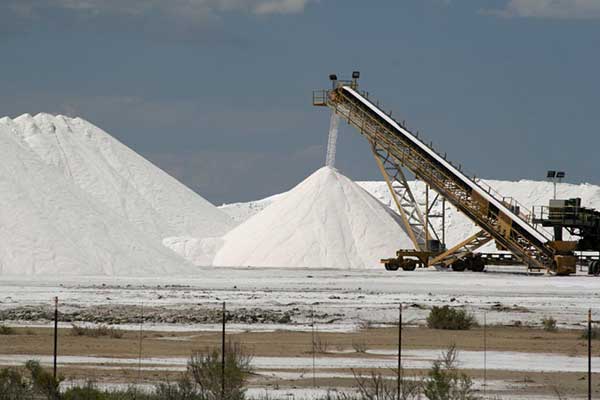
There are other products used to melt ice. These other products are what manufacturers call “plant friendly” or “pet friendly”. These products can contain:
- Calcium chloride
- Magnesium chloride
- Potassium chloride
- Calcium magnesium acetate
- Urea
- Alternatives
Let’s explore each of these ice melting products a little more.
Salt
Let’s start with plain old salt. Whether the salt comes from mines under Windsor and Detroit, Lake Huron or Egypt they are chemically all the same and that is sodium chloride. As salt dissolves into the water it lowers the water’s freezing point to about -10°C. So when it is really cold outside, salt doesn’t work well – if at all. Salt is relatively inexpensive.
Salt is corrosive to metal, just like your car. It is interesting that salt is the only material listed for use under the warranty of most manufacturers of interlocking pavers. Using any other de-icing material may void the warranty.

Magnesium chloride
This product works in the same manner as salt. It is supposed to be less harmful to plants although when used incorrectly it will damage plants. People will say magnesium chloride is more environmentally friendly because it occurs naturally. Well, so does salt.
There are some other properties that make it a bit less harmful than salt. It seems to damage plants and hard surfaces less than salt. The real benefit is it work to temperatures as low as -20°C. It really works well in cold temperatures.
Magnesium chloride is more dilute than other ice melters – the chemical make up of the product is 53% water. Therefore more material needs to be used to have a desired effect. As with any material – follow the manufacturer’s directions.
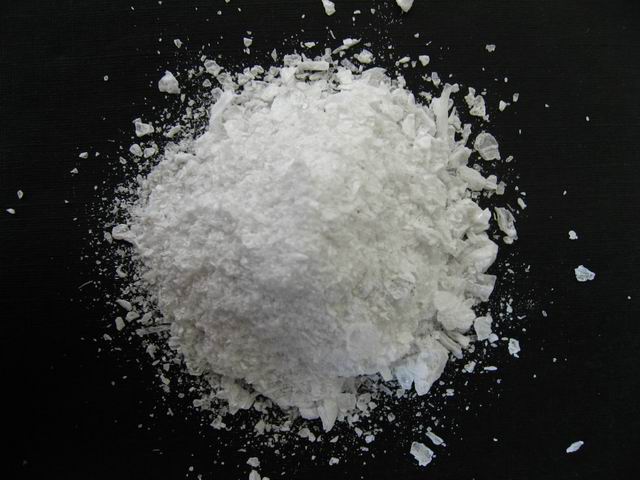
Potassium chloride
This material has a unique property in that it is exothermic – it gives off heat as it dissolves. It works more slowly than other ice melting products. Potassium chloride works to only about -4°C. It was colder than that here in Milton overnight…..
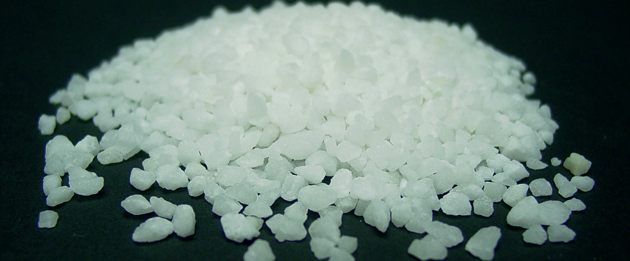
Calcium Magnesium Acetate
This is a fairly expensive material and is used mainly in ice melting blends. It melts to about -7°C. Calcium Magnesium Acetate is used in blends as it has lower toxicity to plants and animals. It has a high organic content and could potentially be a threat to the heath of drainage watersheds.
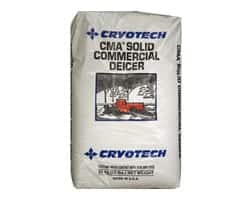
Urea
This is an exothermic product. It works to a relatively high temperature -4°C. The main benefits to urea is it is not as corrosive to metals as salt is. Urea is actually a fertilizer product and although overuse can damage plant and aquatic life, if used properly will not be a huge environmental issue.
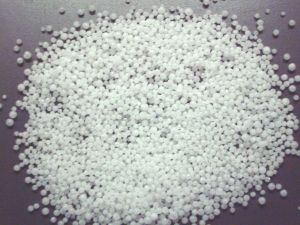
Alternative Ice Melters
Sand
Coarse sand will reflect sunlight and help melt ice. Sand has the added benfit of adding traction to the slippery iced surface.
Kitty Litter
Works like sand but gets really slimy when it gets wet.
Coffee Grounds
works fairly well. Warms up in sunlight helping melt the ice and adds traction. Many coffee shops are offering their spent coffee grounds free as they are trying to divert them from landfill. Coffee grounds are said to be highly bio-reactive and in my opinion actually help the soil.
Ice is a significant safety issue here in Canada. The use of ice melters likely cannot be eliminated but we need to use them with caution. As usual, feel free to reach out to me with questions or comments.




